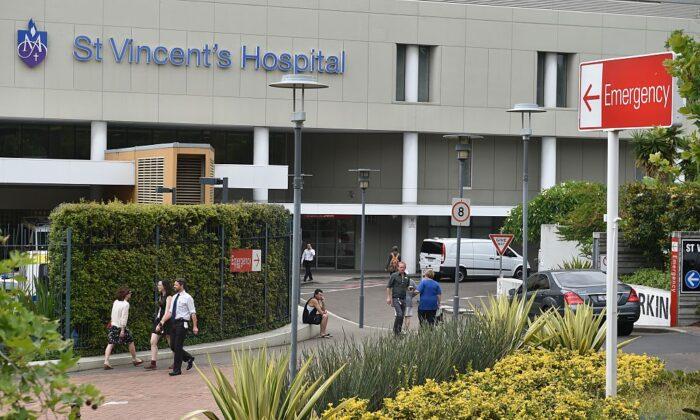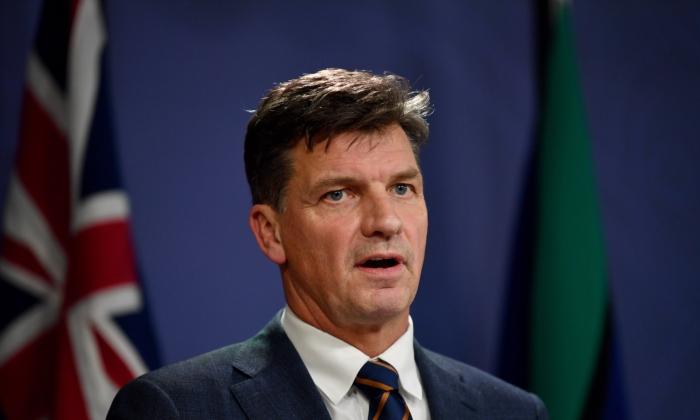Cancer patients living in low-income areas face a longer wait for radiotherapy treatment than people in more affluent regions, latest figures show.
The number of radiotherapy courses nationally increased from 61,000 in 2015-16 to 74,000 in 2018-19, according to an Australian Institute of Health and Welfare (AIHW) report.
It found half the patients who live in the most disadvantaged areas, the lowest 20 percent, began treatment within 12 days.
That’s compared to eight days for the top 20 percent.
Treatment may be delayed by service availability, staff shortages, equipment breakdown or a lack of accommodation for patients travelling interstate, the report noted.
Waiting time is calculated from when a patient is considered ready for treatment to when they receive it.
The report also found 60 percent of radiotherapy courses were delivered by public providers, with the remainder private.
The median waiting time for radiotherapy in the public system ranged from seven days in South Australia and the Northern Territory to 22 days in the ACT.
The median waiting time for all radiotherapy by private providers was eight days.
Radiotherapy directs radiation to a localised area to kill or damage cancer cells.
“It’s an important type of cancer treatment, and delays in treatment can lead to poorer clinical outcomes,” AIHW spokesman Dr Adrian Webster said.
In 2018-19 half of all radiotherapy patients started treatment within 10 days of being assessed as ready for care, and 90 percent within 27 days.





